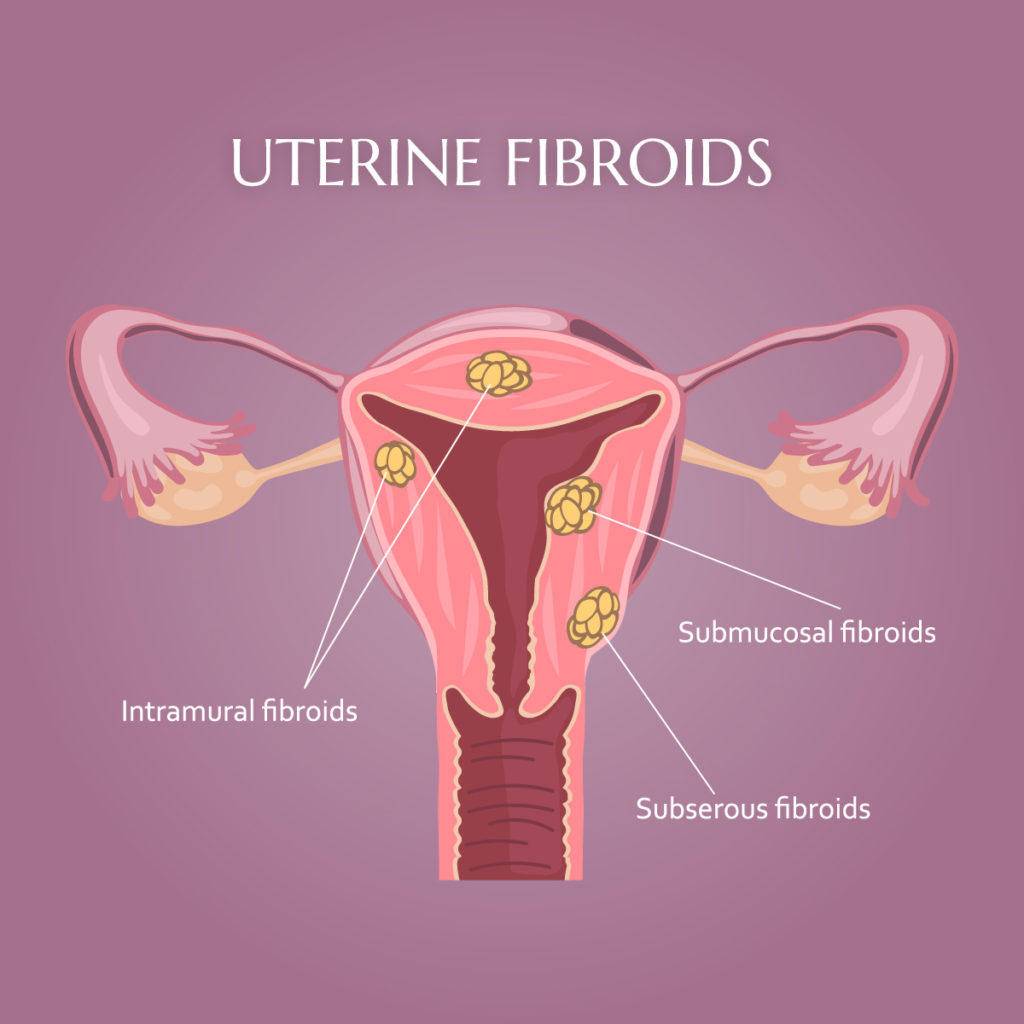Puberty entails a host of physical and psychological changes. By the time most girls reach the age of 13, they are at one of the most pivotal phases of their personal development physically, mentally, and socially. Parents should take time during this important developmental stage to ensure their daughters know a few key skills for navigating the world as adults, especially when it comes to having self-respect and acquiring and maintaining an individual sense of self-worth.
Seven Skills Every Daughter Should Know
For many teenage girls, self-love can feel like a foreign concept. Constant bombardment from mass media telling girls how to look, act, and feel can create preconceived notions of womanhood that become increasingly difficult to break with age. Cultivating self-esteem is challenging for countless young people, but girls tend to experience social pressures that influence self-esteem more acutely than boys of the same age. Women should help their daughters learn a few key skills to help them flourish as adults.
Learning To Respect And Express Feelings
Repressed or mismanaged emotions can create significant challenges later in life. Young women often struggle with acknowledging and expressing certain feelings, and it is essential for parents to encourage respect and expression of the full spectrum of human emotions, not just the positive ones. Everyone encounters negative influences and tragedy in some form, and learning to process negative feelings is an essential part of cultivating a healthy adulthood.
Understand And Practice Self-Compassion
 For many 13-year-old girls, self-respect may seem like a difficult concept to fully grasp let alone put into practice. There is tremendous social pressure on young girls to please others, often at the expense of one’s own time, resources, and energy. Girls who learn to focus on pleasing others at their own expense often experience difficulties with self-care later in life. A life that revolves solely around making others happy is neither tenable nor healthy in the long run.
For many 13-year-old girls, self-respect may seem like a difficult concept to fully grasp let alone put into practice. There is tremendous social pressure on young girls to please others, often at the expense of one’s own time, resources, and energy. Girls who learn to focus on pleasing others at their own expense often experience difficulties with self-care later in life. A life that revolves solely around making others happy is neither tenable nor healthy in the long run.
Self-compassion and self-respect are skills that require nurturing until an individual can put them into daily practice. Self-respect does not only apply to practicing self-care and valuing one’s own place in the world, but also refusing to accept disrespect from others. Girls who learn self-compassion early have a better chance of avoiding exploitative or abusive relationships.
Develop A Positive Body Image
Media portrays female beauty in some troublesome ways, and regardless of personal interpretations of the influence of media on adolescents, the media young girls consume ultimately shapes their worldviews. Parents can help their daughters overcome this by teaching them about their bodies and encouraging self-love from a young age. Girls often struggle with questions about sexuality and female health during puberty, and parents are in the best position to help them develop a strong personal body image and self-respect.
There is no “correct” way to look, despite what the media may portray that indicates otherwise. Parents should help their daughters recognize that it is okay for a girl to be different and perfectly acceptable to fall outside the realm of normalized beauty standards as long as she lives an authentic life and realizes that she is capable of anything as long as she is willing to do the necessary work.
Learn From Friendships
Parents should help their daughters recognize that their friendships should be models for what healthy relationships look like in the future. Young girls often develop strong friendships in the puberty years, and parents should help them understand ideas like conflict resolution, honest communication, and learning how to assert themselves in difficult situations. For female adolescents, self-empowerment is best learned through personal relationships and learning how to tell the difference between positive influences and negative ones.
Understand Feminine Health
Puberty entails a host of physical changes, and this can be a confusing and alienating time for girls around 13. Parents should make it a point to ensure their daughters know to ask questions and speak freely about the changes they experience, what they mean, and how to manage them effectively. Women generally undergo more regular medical screenings than men and at younger ages, and parents should do their best to prepare their daughters for the feminine health issues they will inevitably encounter.
Learn The Power Of Saying No
Consent is a crucial subject all parents need to discuss with their daughters. Practicing self-compassion extends to far more than ensuring time and energy to oneself; it also means knowing how to handle potentially dangerous situations. Puberty and adolescence generally involves most youths’ first sexual experiences, first romances, and the blossoming of friendships that can last for years or even a lifetime. Learning how to say no is a crucial skill for any young woman, and parents can start teaching their daughters the power of “no” at a very young age.
Practice Self-Care With Daily Habits
The habits young people learn in their formative years shape their daily lives for years to come. Those habits become difficult to break, so cultivating healthy ones as early as possible leads to the best results. Parents should take time to teach their daughters how to respect food, how to exercise appropriately, and how to practice self-care at a fundamental level with proper daily nutrition, adequate rest, and consistent exercise.
Putting These Lessons Into Practice
These skills will not only help young women cultivate self-respect and navigate difficult social situations but also empower young girls at one of the most important times of their lives. By age 13, a young girl has already shaped a great deal of her worldview and self-image, and the changes that come with puberty may be difficult but they also present a tremendous opportunity to lay the groundwork for a life of high self-esteem, healthy daily habits, and stronger, healthier personal relationships.

Founder and Medical Director of ARIZONA GYNECOLOGY CONSULTANTS
Dr. Kelly Roy is a specialist in surgical gynecology and advanced laparoscopy (and hysteroscopy). She is a long-time resident of Arizona and obtained her Bachelor of Science degree in Biomedical Engineering at Arizona State University before finishing her Doctorate of Medicine at the University of Arizona in 1997.
Dr. Roy completed her residency in Obstetrics and Gynecology at the then “Banner Good Samaritan Hospital” (now Banner University Medical Center), in Phoenix Arizona in 2001.
Well known for her teaching and surgical ability, she is on the faculty at the residency program at both Banner University Medical Center and Saint Joseph’s Hospital in central Phoenix and is a Clinical Assistant Professor of Medicine at the University of Arizona College of Medicine, Phoenix Campus. Dr. Roy has taught advanced surgical techniques to medical students, residents, fellows and colleagues for over 15 years.
Dr. Roy is also a consultant to the medical device industry and has participated in the design and clinical testing of many instruments and surgical devices available on the world-wide market today.
Read More About Dr. Kelly Roy, MD | WebMD Profile | Health.USNews.com Profile | Current Obstetrics and Gynecology Reports: TFA with the Sonata System





